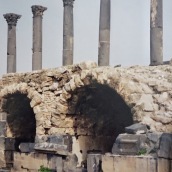Marian Webb
Our local libraries host regular mini-exhibitions of the work of local artists, eight pieces displayed on easels made by the men at the local Men’s Shed. Part of the deal is that the artists give a floor talk.
I don’t go out after dark often: our roads are patrolled by emus, kangaroos, cows, deer, and occasionally a man in dark clothes walking the white line on the wrong side of the road. I have no desire to hit any of them. But a quick look at Marian Webb’s work tempted me to brave the obstacles.
I wasn’t disappointed. She was an ebullient woman, hugely enthusiastic about her work which she creates using many techniques: batik, felting, hand-stitching, stamping, spinning, weaving. She creates dyes from the leaves of the swamp mahogany in her backyard, and from bark, onion skins, avocado seed and skin, and anything else that catches her fancy. Sometimes she and a friend make notes as they dye, so they can reproduce the colour, but she also enjoys the sheer serendipity of just letting it happen. She makes baskets and paper with native grasses: small rounds of handmade paper were bound into a miniature book. She collects driftwood and feathers for what could be called totem sticks; she shapes pottery. Once from the prunings of a tree she made a Madonna bustier. Her real pleasure is the third dimension.
Her house is called “Cobwebs” (“Cobwebbs”?) and her kitchen table is always overflowing with projects and materials, pushed aside if you pop in for a cup of tea. When she was weaving at a campsite near Darwin, a group of Aboriginal women came to see what she was doing and they spent the day swapping knowhow and materials – pandanus and wool.
She has thirty notebooks of ideas, but her inspiration usually begins with “What if I …?” She’s not eager to keep what she makes: the process is what matters, and it’s her form of meditation. A photographer was so taken with her work that he documents it with stunning images on archival paper, and insists she summon him before she frames anything new.



I drove home (safely) through darkness illuminated by an apricot lightning show out to sea.
Plethora of postcards
Each year the Spiral Gallery, an artists’ cooperative in Bega, has an exhibition open to anyone as long as their artwork is no bigger than a postcard. It attracts children, young people, artists with a disability, timid artists testing their wings, and established artists who have already had solo exhibitions. The artworks include ceramics, felting, stitching, collage, intricately folded booklets, as well as more traditional paper and paint. I spend a pleasant half hour prowling the exhibition and trying to capture its variety.

 Phoebe Marley “Carried away”: Gabrielle Power “Wild life”: Diana Winter “Funnel web”: Veronica O’Leary “Australian icon 1”: Roz Bannon “Blinman”: Keith Coleman “Puffer fish”: Karyn Thompson “Scribbly gum trunk #1”: Jeffery Young “Mare and foal in Bega”: Vivienne Bowe-Wood “Wagonga mangroves”
Phoebe Marley “Carried away”: Gabrielle Power “Wild life”: Diana Winter “Funnel web”: Veronica O’Leary “Australian icon 1”: Roz Bannon “Blinman”: Keith Coleman “Puffer fish”: Karyn Thompson “Scribbly gum trunk #1”: Jeffery Young “Mare and foal in Bega”: Vivienne Bowe-Wood “Wagonga mangroves”

Linda Lord: “Magpie and flannel flower”

Tanya Bourke “No fixed address”

Anneke Paijmans “Tathra firies” – 1st prize (a series of tiles commemorating the Tathra bush fires, bought by Bega Regional Gallery, proceeds to the Tanja fire brigade.)

Irene Berry “Dare to be different”

Sara Anderson “Hung out to dry” – Youth 1st prize

Pip Marshman “Flight”

Melissa Gabelle “ Homage to Kandinsky”
Balnhdhurr: a lasting impression
Bega Regional Gallery is hosting an amazing exhibition of prints made in the print-space dedicated to preserving Yolngu culture in Yirrkala, a remote Aboriginal community in Arnhem Land. It’s one of the most thoroughly curated exhibitions I’ve ever seen. The website provides background on the studio and its history: a video is hosted by three young printmakers who tell stories, show country and speak in language; and audio commentary on six prints gives an analysis in whitefella mode, and meaning from the culture of the artists. The prospectus gives yet more information. Then there’s a phone app with biographies of the 50 artists, including their clan and moiety; and more about the artworks, including an artist’s statement and the cultural story.
For once I did my homework, and went to see the prints with some knowledge behind me. The meticulous commentary continued on information panels in the gallery, backgrounding technique (Japanese woodblock; collograph; lithograph; etching; linocut; photographic linocut; reduction linocut) and different projects including ones involving the Seven Sisters; and the Midawarr suite.

Artists at work in the print room
It was hard to choose from multitudes of images. My groupings are arbitrary, by technique or palette, and although cropping seemed a crime, I did it so I could showcase more prints.

 “Wakun” (sea mullet): etching / “Bathi Malany” (dilly bags): screenprint / Seven sisters: lithograph
“Wakun” (sea mullet): etching / “Bathi Malany” (dilly bags): screenprint / Seven sisters: lithograph
 Nyapanyapa Yunupinu “Bayini” (mythical non-Aboriginal woman): etching / Nyapanyapa Yunupinu “Bukmak Mulmu” (all grass): etching / Gulumbu Yunupingu dec “Gan’yu” (star): etching / Nyapanyapa Yunupinu “Seven sisters”: lithograph
Nyapanyapa Yunupinu “Bayini” (mythical non-Aboriginal woman): etching / Nyapanyapa Yunupinu “Bukmak Mulmu” (all grass): etching / Gulumbu Yunupingu dec “Gan’yu” (star): etching / Nyapanyapa Yunupinu “Seven sisters”: lithograph
 Barrupu Yunupingu dec “Djirikitj” (quail): Japanese woodblock / Ruby Djikarra Alderton “Yathiny” (jelly-like marine organism): photographic etching
Barrupu Yunupingu dec “Djirikitj” (quail): Japanese woodblock / Ruby Djikarra Alderton “Yathiny” (jelly-like marine organism): photographic etching

A collection of self-portraits, created using digital photography, photocopying and chine-collé linocut printing, particularly caught my eye. They showed so much of the self-perception of the artists, so vibrant and positive, especially considering that they were done in workshops for that thing called “disengaged youth”. The size of the group grew from week to week, and 35 young artists produced “exceptional pieces” using a process not seen at Yirrkala before.



The printed string images paid tribute to a cultural practice documented by anthropologists who collected 192 string figures in the 1940s, the largest collection in the world of figures from one community at one time. They are a sophisticated form of what I called in my childhood cats cradles: you can watch contemporary Aboriginal women making them here.
 Mulkun Wirrpanda “Biyay” (goanna): soft-ground etching
Mulkun Wirrpanda “Biyay” (goanna): soft-ground etching
Some of the artists, such as Nyapanyapa Yunupinu, in this screenprint, “Hunting Dhawu” (hunting story) took on bright, almost psychedelic colours, a far cry from the traditional ochres.

All the prints from Yirrkala have story attached to them. This one, “Dhanbul wu Yolngu Marryun” (morning star), is a screenprint by Dundiwuy#2 Munungurr, who tells the story
Dhanbul ceremony is a very big thing in Yolngu culture. A lot of Yolngu come from all tribes to take part in bunggul (ceremonial dancing). When a person dies the family … starts to think of ways to make a Morning Star ceremony to make them feel the dead person is still living with them … Once it has been talked over with the eldest of the tribe, the djunggaya (custodian), the mother, father and the grandmother, they start to get it moving. The woman go out to get the armband vine string, … the funeral pole, the clay and the ochre rocks, and make dilly bags for the ceremony. The men go out and get the birds such as cockatoo, brolgas, heron birds and wild ducks for feathers. They all sit for about 6 or 12 months to make everything they need … The ceremony celebrates the arrival of a spirit at Burralku, the Island of the Dead.
At Burralku, the spirit people do the same kind of work as the living – like weaving dilly bags, collecting special ngatha (food) like bukawal, ganguri (yams), Barangaroo (bush potato) ; and fruits like gallura, munbi and dawu (figs). When they gather the food they sit together under the big banyan tree to share their ngatha … After they have eaten, they celebrate with singing and dancing. They have a big ceremony when they see a new spirit being welcomed to their land.
This print is an image of how Yolngu perform their bunggul for this bright Morning Star.

The story was taken directly from the app.
Participating artists
Dhuwarrwarr Marika, Marrnyula Mununggurr, Nyapanyapa Yunupingu, Gaymala Yunupingu, Naminapu Maymuru-White, Manunu Wunungmurra, Dundiwuy Wunungmurra, Barrupu Yunupingu, Nongirrnga Marawili, Djambawa Marawili, Gulumbu Yunupingu, Galarrwuy Yunupingu, Gawirrin Gumana, Mulkun Wirrpanda, Gundimulk Wanambi, Djerrkngu Marika, Nyangungu Marawili, Dhundhdhunga Mununggur, Munuy’ngu Marika, Burrthi Marika, Milika Marika, Djakala Wurramarrba, Muluyulk#2 Marika, Bulmirri Yunupingu, Gunybi Ganambarr, Banduk Marika, Ruby Djikarra Alderton, Naminuapu#2 Maymuru, Laklak#2 Ganambarr, Boliny Wanambi, Nawurapu Wunungmurra, Yalmakany Marawili, Mikey Gurruwiwi, Ishmael Marika, Djuwakan#2 DJ Marika, Dhalmula Burarrwanga, Gandhurrminy Yunupingu, Barrata Marika, Gurmarrwuy Yunupingu, Malaluba Gumana, Djalinda Yunupingu, Wukun Wanambi, Garawan Wanambi and Djirrirra Wunungmurra.














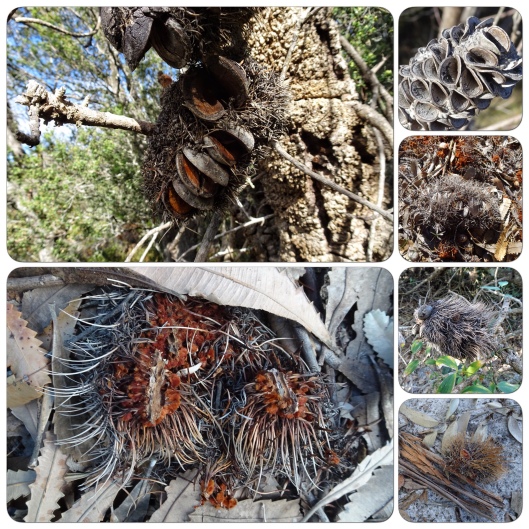

 Nicolson Barker, rescue dog, with my daughter after his first attendance at obedience school
Nicolson Barker, rescue dog, with my daughter after his first attendance at obedience school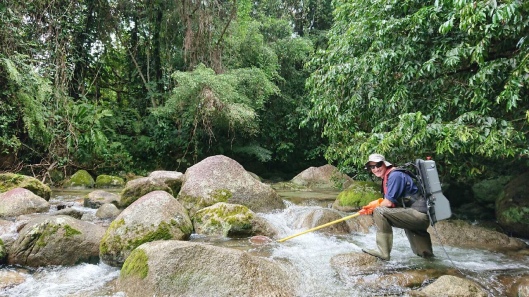 My son in his workplace in the rivers around Cairns: only one crocodile that I heard about
My son in his workplace in the rivers around Cairns: only one crocodile that I heard about Bruce, our resident python, all new-skinned, on my
Bruce, our resident python, all new-skinned, on my  Photos lurking on a card I obviously haven’t used since 2013
Photos lurking on a card I obviously haven’t used since 2013 Son and son-in-law meet coincidentally at Gate 39 at Brisbane Airport
Son and son-in-law meet coincidentally at Gate 39 at Brisbane Airport
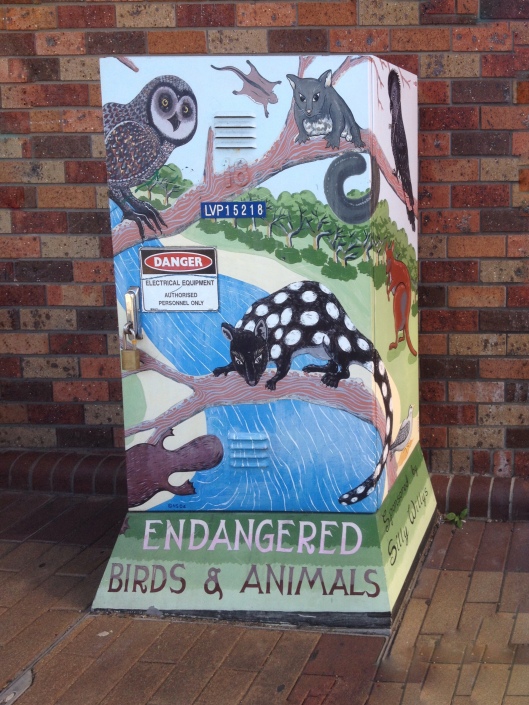


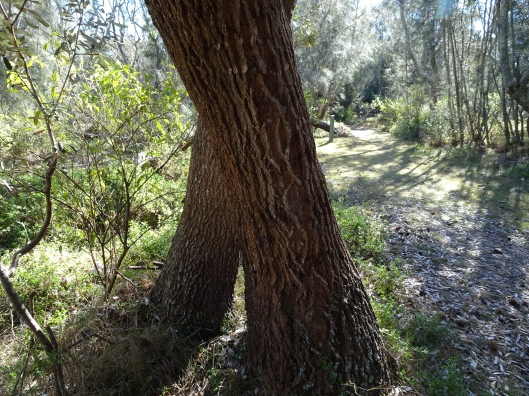
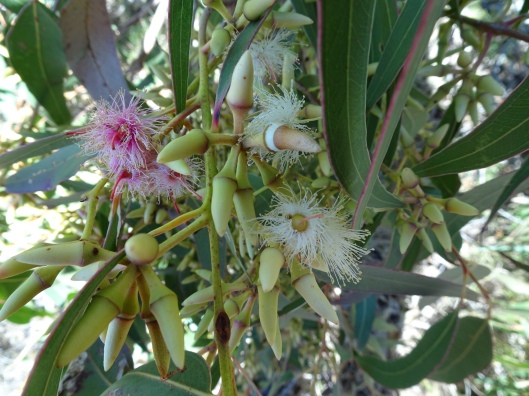


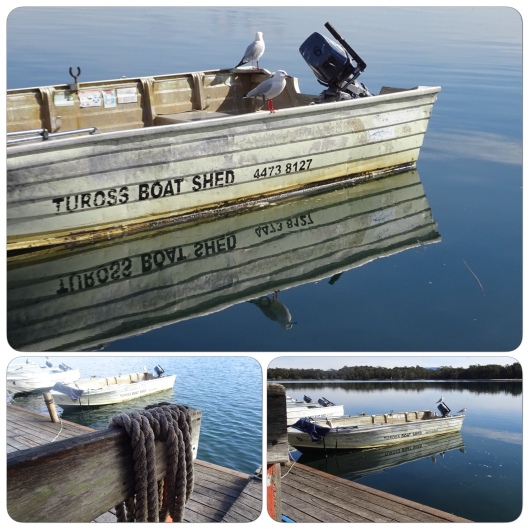




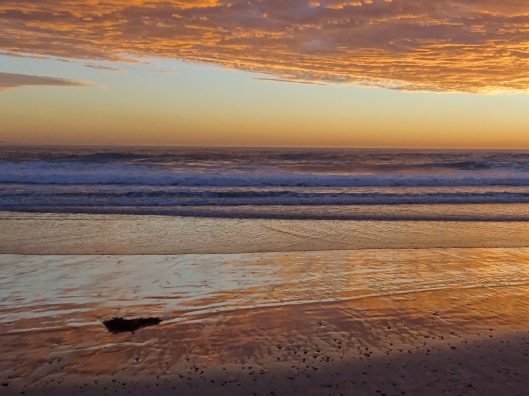



































 Phoebe Marley “Carried away”: Gabrielle Power “Wild life”: Diana Winter “Funnel web”: Veronica O’Leary “Australian icon 1”: Roz Bannon “Blinman”: Keith Coleman “Puffer fish”: Karyn Thompson “Scribbly gum trunk #1”: Jeffery Young “Mare and foal in Bega”: Vivienne Bowe-Wood “Wagonga mangroves”
Phoebe Marley “Carried away”: Gabrielle Power “Wild life”: Diana Winter “Funnel web”: Veronica O’Leary “Australian icon 1”: Roz Bannon “Blinman”: Keith Coleman “Puffer fish”: Karyn Thompson “Scribbly gum trunk #1”: Jeffery Young “Mare and foal in Bega”: Vivienne Bowe-Wood “Wagonga mangroves”














 “Wakun” (sea mullet): etching / “Bathi Malany” (dilly bags): screenprint / Seven sisters: lithograph
“Wakun” (sea mullet): etching / “Bathi Malany” (dilly bags): screenprint / Seven sisters: lithograph Nyapanyapa Yunupinu “Bayini” (mythical non-Aboriginal woman): etching / Nyapanyapa Yunupinu “Bukmak Mulmu” (all grass): etching / Gulumbu Yunupingu dec “Gan’yu” (star): etching / Nyapanyapa Yunupinu “Seven sisters”: lithograph
Nyapanyapa Yunupinu “Bayini” (mythical non-Aboriginal woman): etching / Nyapanyapa Yunupinu “Bukmak Mulmu” (all grass): etching / Gulumbu Yunupingu dec “Gan’yu” (star): etching / Nyapanyapa Yunupinu “Seven sisters”: lithograph Barrupu Yunupingu dec “Djirikitj” (quail): Japanese woodblock / Ruby Djikarra Alderton “Yathiny” (jelly-like marine organism): photographic etching
Barrupu Yunupingu dec “Djirikitj” (quail): Japanese woodblock / Ruby Djikarra Alderton “Yathiny” (jelly-like marine organism): photographic etching



 Mulkun Wirrpanda “Biyay” (goanna): soft-ground etching
Mulkun Wirrpanda “Biyay” (goanna): soft-ground etching



































